Write Us
We are just a call away
[ LET’S TALK AI ]
X
Discover AI-
Powered Solutions
Get ready to explore cutting-edge AI technologies that can transform your workflow!


The world is changing, which means IT budgets are enduring stress. Squeezed budgets and instability in the geopolitical arena mean that US CIOs are refining and adapting their existing strategies in 2025 to address evolving challenges and opportunities. Depending on their budget projections in the face of economic uncertainty, IT executives are considering investing in AI, cutting down on cloud-based spending, and automating manual tasks using different approaches.
Also Read – AI’s Impact on Efficiency, Risk Management, and Insurance Software Development
In the face of uncertain economic trends, such as the persistently high inflation rate in many areas around the globe, steep interest rates, and volatile stock market prices, CIOs face unique budgetary demands for the years in the coming months. However, even so, an overwhelming majority of IT executives expect their companies’ IT budgets to increase (at least moderately) during the upcoming financial year, with IT investment in software and talent being the main drivers.
The CEOs are pushing for digital transformation. But which CIOs should focus on business architecture, data management, and AI to boost their organizations’ efficiency and increase innovation? In this post, we examine US CIOs’ challenges in 2025 and discuss how they can navigate this tangled world, balancing tight budgets and technological advancement and becoming more enlightened.
The once-stable world with a strong sense of internationalization and economic interdependence rapidly changes into a geopolitical risk landscape. Cascading crises like the persistent COVID-19 epidemic have drastically altered the dynamics of power and alliances across the globe. In the meantime, as the US is trying to be a responsible competitor with the other big powerhouses and nations, tensions on the global level continue to escalate and add to the challenges:
The world’s response to COVID-19 has also caused conflict, with significant consequences for social and economic life. One consequence is the need to rethink globalization when countries attempt to limit risks through diversification. Cyberattacks are becoming more frequent and intense and are now weapons of government power. Due to the digitization of crucial infrastructure, human and financial costs are rising for these incidents.
Climate change and energy security continue to divide the world, as international cooperation is lacking. The recent rise in the cost of energy triggered by war could speed up the shift to renewable energy. The US Inflation Reduction Act also offers substantial incentives and opportunities for investment in renewable energy sources.
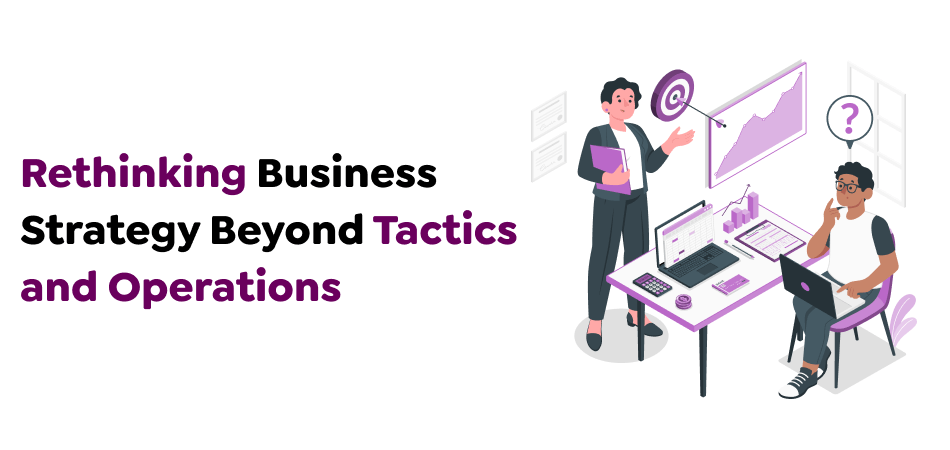
The term “strategic” does not make it necessarily so. Instead, focus on the goal of every layer in your strategy for a better strategy, vision, and priority. Strategies are the general idea of the best way to take on your adversaries. The thing that business planners usually get right when it comes to strategy is to describe in their strategies how they will attain the goals set on a political basis. They often make mistakes; however, they cannot see the bigger picture of winning against an opponent, and they frequently employ “strategy” to encompass all four planning levels.
In many companies, including the mobile app development company in the USA, the planning at an operational level that ought to be taking place is focused on division-level planning, which only serves to reinforce the division, isolation, and competition that makes the silos of an organization unfit for decision-making. The final and most basic plan is Tactics. Strategies are what are used to win battles and, consequently, battles. In many conversations in the business world, “tactics” is used as a derogatory term, referring to departmental plans. The term is often interpreted as being something that is reserved for restricted thinkers with no ability to see the bigger picture.
Operations is one aspect of the strategy to consider revisiting. A few years ago, executives focused on operations came across clients who, in the end, had been waiting in varying degrees of patience, awaiting the event to occur. We are not claiming that customer service is anything less than essential for any business unless managers fail to acknowledge the importance of customers in the larger picture. As usual, the process begins by ensuring the terms are accurate. So, three different roles for customers in business can be confusing. The first is the client, who decides whether to purchase your services and products. Then, there’s the customer who uses your products and services. Then, there’s the wallet. It’s the person who provides the money used to purchase the item.
A customer-centric business strategy and operational plan must focus on real customers. They should consider the wallet and consumers only because they affect consumers. This is why operations-level plans should focus on selecting the most suitable clients to market to. Yet, an appropriate lead store is not always appropriate. In most cases, business strategists are more successful in identifying the best competition.
CIOs are securing cyberspace, navigating complexity, stimulating innovation, and moving toward ROI and growth through their strategic imperatives. Let’s have a look at them:
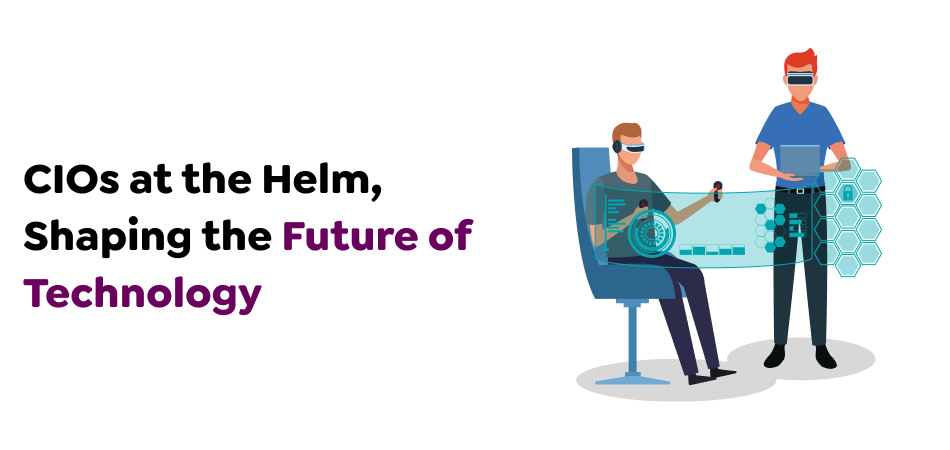
As technology evolves, Master Data Management (MDM) Solutions have assumed an increased importance, especially regarding the emergence of generative AI technology. Many companies have not invested enough into rationalizing master data over the years, leading to differing definitions within diverse systems and ambiguity regarding data ownership. The lack of clarity goes to transactional data, too, since inconsistent definitions affect the performance of AI models.
Numerous companies, aware of the value of precise and synchronized master data, are considering rethinking their fundamental principles and adopting MDM systems as a precondition for utilizing AI capabilities. CIOs that use MDM are leading the way toward transformative data-driven processes. Investing in MDM isn’t just about cleaning up your data; it’s about unlocking AI’s competitive advantage. Let’s create a solid foundation in data to ensure future prosperity.
Analyzing the changing technology landscape, it’s more evident that investments in architecture rationalization are expected to rise dramatically. Cloud infrastructures and the emergence of AI models require a shift from static structures to agile frameworks focused on business. In this regard, the position of chief architect is crucial. The chief architect is responsible for orchestrating cohesive strategies for all IT departments.
This strategy shift is from creating interfaces to removing redundant systems, which can improve effectiveness and cost. This trend in digital technology suggests that firms will need to enhance their architectures for business to facilitate AI integration. It is a requirement for architects to be equipped with a solid knowledge of AI fundamentals and the mechanisms behind them that highlight the relationship between architecture development and AI ability.
The increasing complexity due to mergers and acquisitions and the debts incurred by technical experts due to previous mistakes highlight the significance of API management. The business community knows API management’s importance in API control and is prepared to invest more in developing API strategies. The aim is to create an easy integration process between the new system or group of systems in the company infrastructure to improve efficiency and reduce the number of redundant systems.
Robust API management techniques help companies avoid cumbersome point-to-point interfaces and optimize resource allocation. API management’s ascendance to the top of the architecture board and committees testifies to its vital role in coordinating coherent, sustainable structures. This is supported by the unbiased nature of architects committed to making objective decisions for sustainable architecture development.
Acknowledging the profound impact of Data Science, Robotic Process Automation (RPA), and AI on the technological landscape is crucial. The innovations resulting from them have transformed our problem-solving and decision-making methods, bringing in an age of unprecedented efficacy and creativity. We are on the threshold of technological innovation; businesses must be aware of the crucial role played by AI and its companions in defining our future business.
Also Read – Revolutionizing Tourism: The Impact of Artificial Intelligence App Development
AI is a technological breakthrough and a fundamental shift in approaching digital solutions. With 2025 in sight, companies are prepared to begin investing in foundations to set the basis for widespread acceptance and further exploration of AI. Companies can facilitate seamless AI integration by rationalizing architecture in API management, architecture rationalization, and MDMs, opening up the possibility of experimenting with different demonstrations of concepts (POCs) and transformational initiatives.
The more we dive into the intricate world of contemporary commerce, the more apparent the necessity for real-time order management frameworks (OMS) and frameworks is. Due to the rapid growth of e-commerce, the need for seamless OMS frameworks extends beyond the boundaries that retail has traditionally set and is now extended to other different business models.
All industries know the importance of real-time OMS in improving the customer experience. Therefore, they invest in implementing structures that unite order fulfillment regardless of where the item originated. Creating a unified fulfillment portal is vital whether the item is from an in-house shop, a warehouse, or an online vendor.
Amid various scenarios that could be used for OMS implementation, organizations have diligently reviewed and prioritized initiatives that can provide the highest value. This approach to strategic planning creates the foundation for concerted efforts to establish OMS in 2024-2025. It highlights a determination to increase efficiency in operations and customer satisfaction within a constantly evolving marketplace.
Like other department heads, CIOs are part of a budget and must manage expenditures precisely. They are also responsible for various projects that could directly impact the entire company and generate (or decrease) revenues. Here are a few guidelines for CIOs who wish to reduce expenses while operating an effective and efficient IT department.
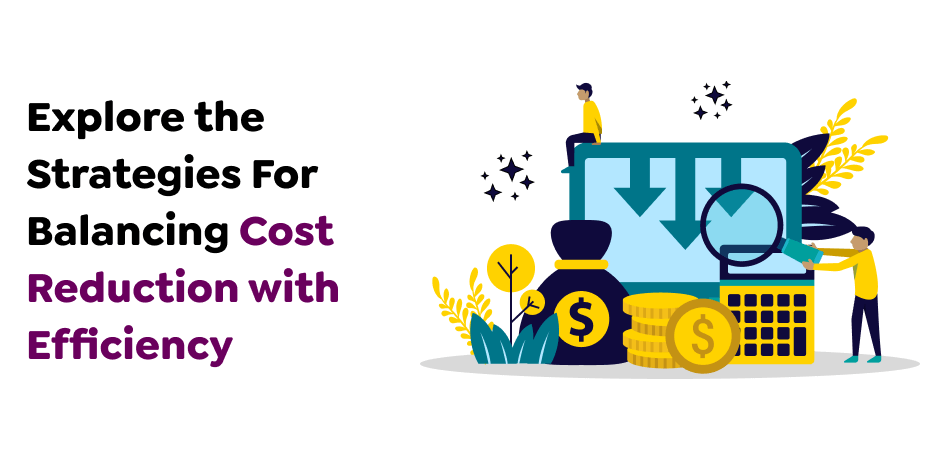
If, for instance, you’re thinking of moving your applications to a cloud platform, choose one and make it a test for a test. When you’ve moved the application, demonstrate the effectiveness, scale, and cost savings of running it on the cloud. You can then expand those figures to encompass an even larger-scale move of mobile apps. Using a phased approach may help identify problems before allocating excessive resources. Imagine a scenario where you transfer some sales personnel to a different CRM software and run into significant issues and a lack of functionality. Switching to a different vendor before shifting all the customer service and sales onto the CRM platform is possible, saving you money.
If there’s a fundamental problem in how IT work is handled internally, consider allocating the funds needed to fix it. This could require strategic personnel modifications or the introduction of innovative cloud-based tools to manage tasks. Improving how IT is run will enable the smooth implementation of other projects. Next, establish a priority order based on how each new solution/integration/platform will affect customer experiences and spending behaviors. What if an enhanced CMS system allows you to provide engaging content to your clients while giving sales personnel immediate access to up-to-date products? Do you have a problem with what you do with information to determine the most effective solution to satisfy the customer’s needs? Consider a BI platform that uses big data and will help uncover new information.
It is also crucial to remember that when companies rely on managed services, they’re more likely to function as a complementary component of IT rather than a replacement. The CIO should see managed services as a sensible approach, where they can offload specific tasks, like managing data migration, but instead let IT employees work on more strategic initiatives. They could, for instance, work on creating new applications for customers while collaborating with other departments within the business. They can also draw IT away from its “behind the scenes” role and become an organization directly responsible for revenue growth and customer satisfaction.
Utilizing managed services has grown in the past few years, with IT not just looking for lower costs but anticipating improvements in reliability, efficacy, and compliance by utilizing managed services. Engaging a certified IT consulting firm can help reduce costs, especially during the design and implementation phases. IT consultants with experience working with diverse platforms and vendors like BI and CRM understand how to connect your requirements with the best provider and get the maximum value from each implementation.
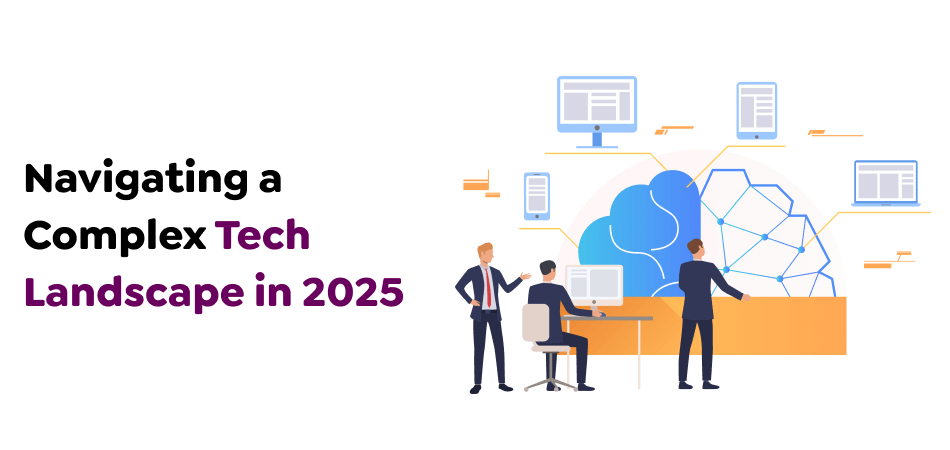
While CIOs prepare their budgets for 2025, top industry sectors are emerging as the most critical areas for investment. One of the significant changes is the importance of dissolving silos inside organizations. Although cloud adoption continues to grow, CIOs are shifting their attention away from just adoption and toward optimization. It involves establishing practices that allow them to ensure that workloads are deployed effectively and cost-effectively across different cloud platforms.
Furthermore, given the increased complexity of cyberattacks and the growing concern about personal data privacy, CIOs are allocating significant budgets to sophisticated security measures. These include investments focusing on data encryption and hiding, differential privacy, and cleaning rooms for data.
In addition to focusing on investments in core areas, CIOs are also setting the budget for experiments using the latest technologies that can potentially impact business in the future. Teams that work across functions based on product are becoming popular as a method of developing and maintaining infrastructure, tools, and other services that help businesses and IT teams function more efficiently.
CIOs are also investigating methods to collect and analyze data from mobile or IoT devices at the edges. These technologies can speed decision-making and reduce the need for continuous internet connectivity. AI technologies are becoming more critical in organizations that want to use real-time information from increasingly connected gadgets.
Although overall budgets are growing, CIOs identify places where expenditures can be reduced to release funds for strategic projects. Many companies are shifting away from custom-built applications and isolated infrastructures that perform just a few purposes. IT leaders seek ways to streamline and standardize their tech stacks to lessen technical debt and enhance overall IT efficiency. With generative AI and automation technologies advancing, numerous companies are looking to reduce the use of traditional, human-operated IT service desks.
Despite general optimism, CIOs should know about economic developments that could influence their budgets. The high interest rate continues to affect the cost of technology investment capital, and tight labor markets have driven up the costs of highly skilled tech workers. While CIOs finish their budgets for 2025, they must focus on investments with strategic value that can boost business growth and optimize modern technology resources. Achieving a balance between technology innovation and efficiency will be vital to maximizing the benefits of growing technology budgets.
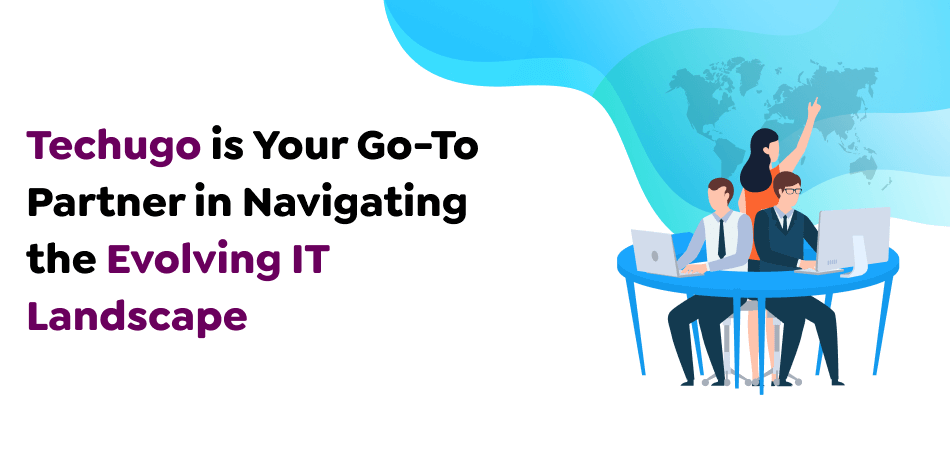
The IT environment has changed and thrown a wrench in the work of world economies, including the IT sector, which is no different. The US’s investment market has slowed dramatically, and many companies are in chaos. In the current global economy, resiliency, flexibility, and foresight are essential tools for survival. CIOs across the US must prioritize investment with clear ROI, embrace flexibility, and utilize automation and AI to help their employees. CIOs must begin budgeting by reviewing their current applications and areas for cost reductions. They should also ensure they leverage the latest technologies to give the business competitive advantages. This ensures that the company remains flexible resilient, and can take advantage of opportunities.
Techugo, a leading mobile app development company, can be the ultimate tech companion for businesses seeking to navigate the ever-evolving IT landscape. With a proven track record of delivering innovative and scalable solutions, we help companies optimize their technology investments, enhance efficiency, and drive growth. By leveraging its expertise in mobile app development, AI integration, and automation, Techugo can assist businesses in achieving their strategic goals and staying ahead of the competition.
Get in touch to discuss your project!
Write Us
sales@techugo.comOr fill this form